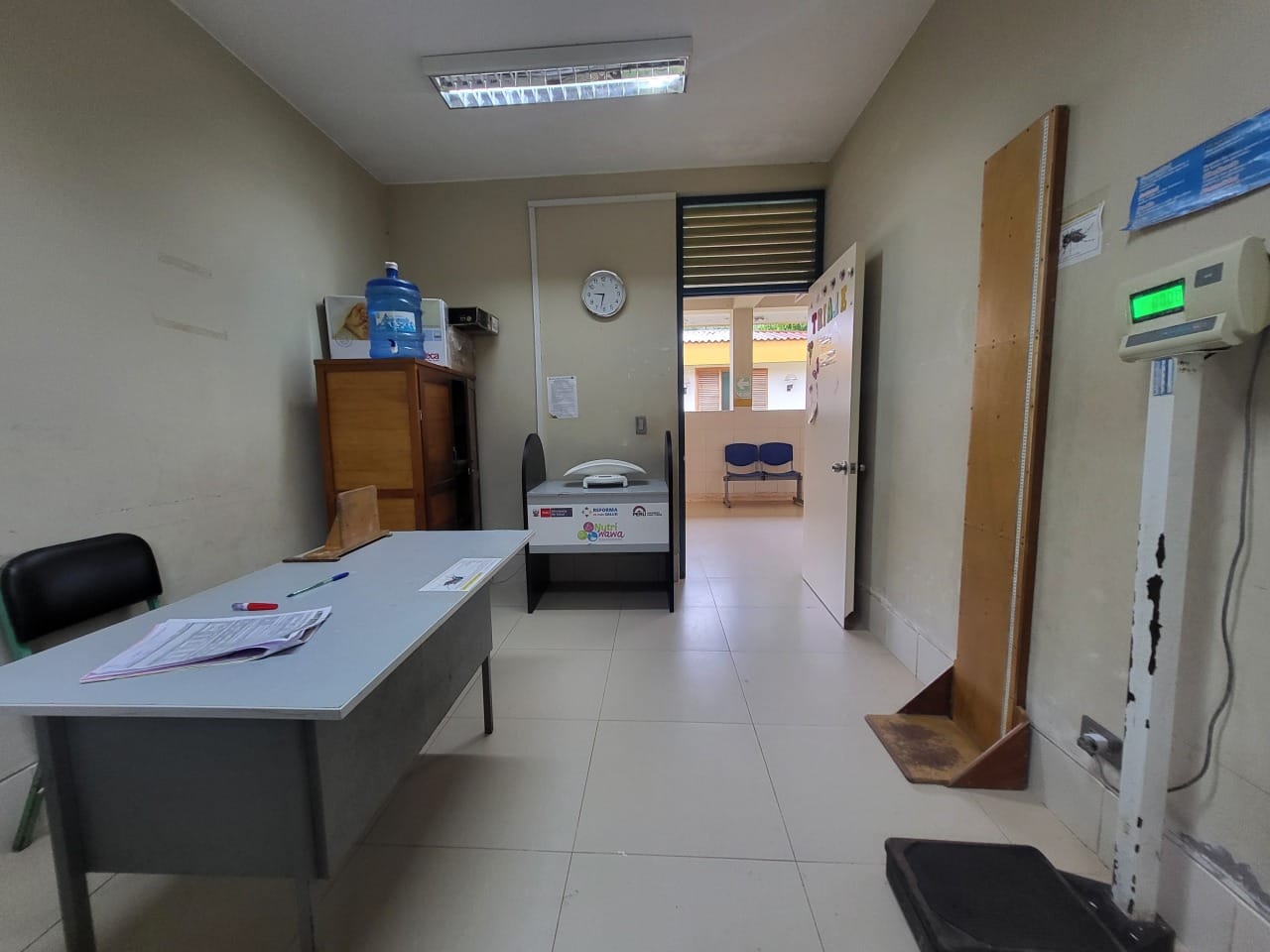Is it really that bad? Healthcare in South America
Firstly, South America has good doctors and facilities. However, much of the public healthcare system is outdated due to a lack of funding, staff and infrastructure. These are the same problems as in Europe, only they are more noticeable here. There are also private facilities whose costs are covered by European health insurance companies. However, the prices are often higher, and depending on the country, can be expensive, although the infrastructure is somewhat better.
There are still a few differences. As we all know, people are reluctant to go to hospital abroad. On a long trip, however, there is no way around it. We have hardly missed a single healthcare facility; sometimes we have been affected ourselves, and sometimes we have acted as interpreters.
Private and public – a mixed system
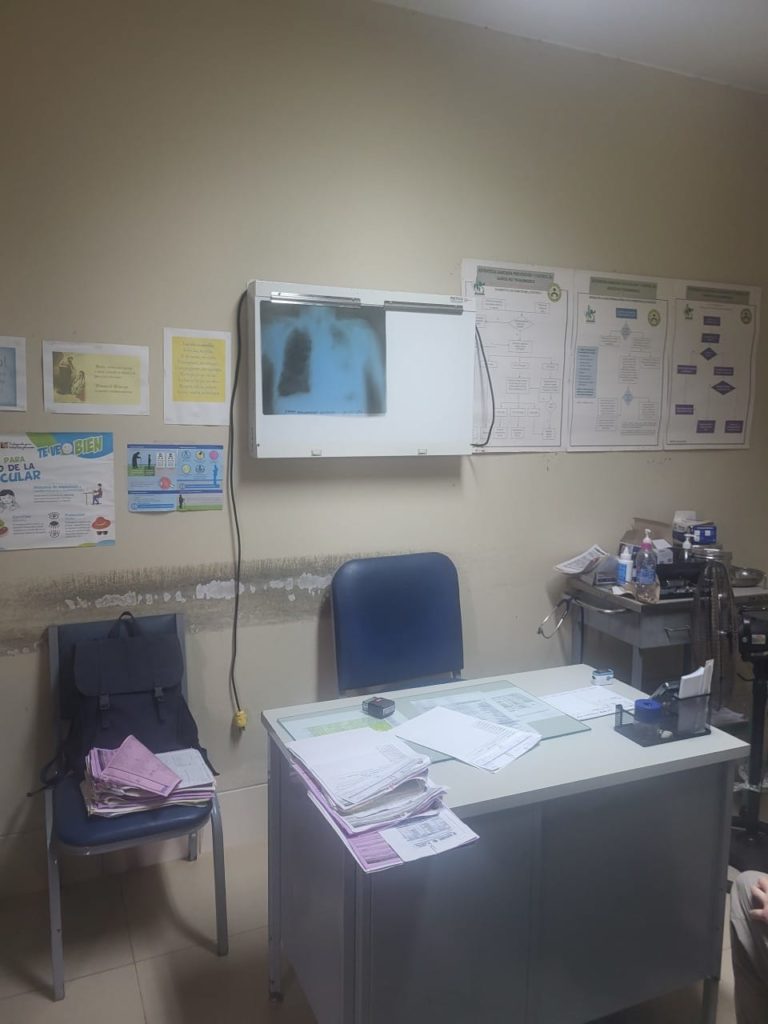
They have everything you need; it just depends on your budget. Most countries have public healthcare systems. In remote areas, this is often the only option. In Codo del Pozuzo in Peru, for example, we were able to visit the local health centre. This usually means a long wait. First, we had to pay a dollar (not much money for us), then the patient was measured and weighed, and their blood pressure and temperature were recorded. Then we had to wait again. However, the doctor spent plenty of time with us. He examined our toe for ten seconds, and then spent thirty minutes talking about our trip, the world, and snake venom. Needless to say, this is not an efficient way to treat patients.
Large private hospitals are better equipped, but that doesn’t guarantee success. The most difficult thing is finding someone who will listen to you. Many doctors in South America also speak formal Spanish, which makes them difficult to understand. They also rarely take the time to explain anything — you practically have to force them. And of course, you still have to pay, often at very high prices.
Chile is quite extreme in that its private hospitals follow the American model. Although there are public facilities that locals can use for free, tourists are charged at the end of their stay. Whether you would want to stay there for a long time is debatable. Often, only the patient is allowed in and relatives are strictly prohibited from entering. Information is only provided if you ask for it. However, the medical care is good. In any case, the cause was clarified. It’s better to leave it at that than to point out that the patients should have been treated instead of being told to see a doctor at home immediately. Then we went to a private hospital. The first thing they often ask for there is your credit card.
How do you pay?
It’s a good idea to have cash with you. You either have to pull out your credit card right from the start or pay in cash so that no change is required. This is what happened in Ecuador: the bill was written by hand because the doctor’s online system was not working at the time, meaning he would not have been able to issue an invoice (in order to be reimbursed for the costs). However, the secretary said this was not a problem. We had paid her. This went down well with my insurance company. Fortunately, they were accommodating about the first ‘violation’. The doctor was elderly and did everything manually, which was not necessarily a bad thing. Even the thermometer was an old mercury one as the new one was broken. The treatment itself was fine as long as you spoke Spanish well.
For more extensive treatments, the health insurance company usually covers the costs directly upon receiving approval. However, it is advantageous if the liaison agency has no outstanding debts with the hospital. Otherwise, the waiting time will be longer. It may also be the case that the hospital rarely deals with foreign health insurance companies. This can lead to different expectations regarding what the documents should look like, even if they are written in the local language.
What the first can’t give you, the third time’s charm
In the public health system, they may not be willing or able to provide you with something. When we were getting the rabies vaccination in Argentina, we had to go to three different places. First, they didn’t have it; then, they didn’t want to give it to us because subsequent doses were supposedly no longer necessary. Why this should be is unclear to us. The third time, however, it was possible without any problems. We only spent a few hours searching.
Oh, and you should always get tests checked twice – or even three times – if something doesn’t make sense. Rapid tests are not at all reliable with normal doctors. Blood tests should work better. But they can’t solve everything. This is probably not just due to the doctors’ knowledge, but also the equipment they have available. Besides, you don’t want to wait weeks or months in a big city for them to find something out. In some cases, it may be worth flying home.
We have the luxury of being able to switch to private healthcare facilities and still have affordable insurance. Even then, private health insurance in these countries tends to be expensive, only really being affordable for the upper middle classes. Or their employer may cover it.
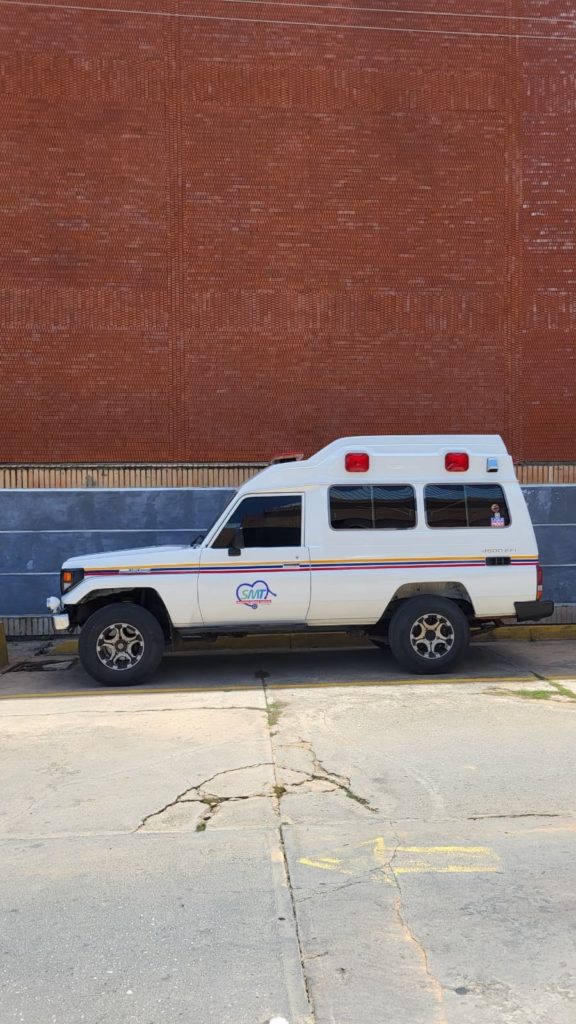
Overall, we learnt the following:
Basic first aid training is essential
Make sure you are well trained, particularly in emergency procedures, and that you carry the necessary equipment with you. Invest in a good course that covers not only what to do back home, but also the options available if there is no rescue team nearby.
It is also important to know how to clean wounds properly, including animal bites. The doctor in Venezuela thought that a light, superficial clean was sufficient. He also advised me against using Betadine for disinfection, as it turns the skin yellow. In the event of a bite, I wouldn’t set my priorities on aesthetics first.
Michael took the Rescue Diver course in Ecuador. This included first aid training carried out by a local paramedic. However, he didn’t know much and had hardly any equipment. Even the ambulances are poorly equipped. There are many things available in Europe that could be helpful in an emergency. So it’s best to pack these items in your luggage and take this advice on board.
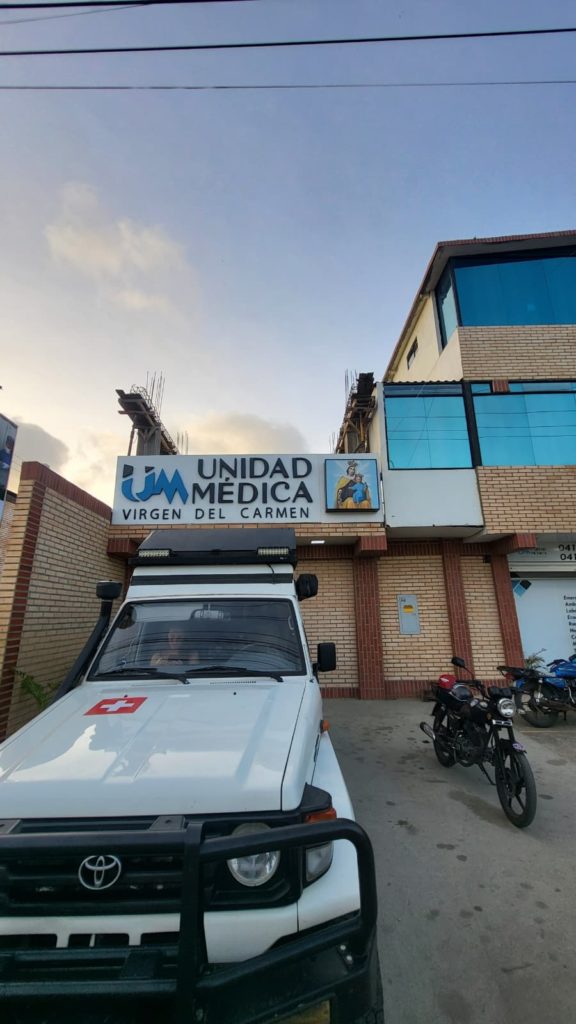
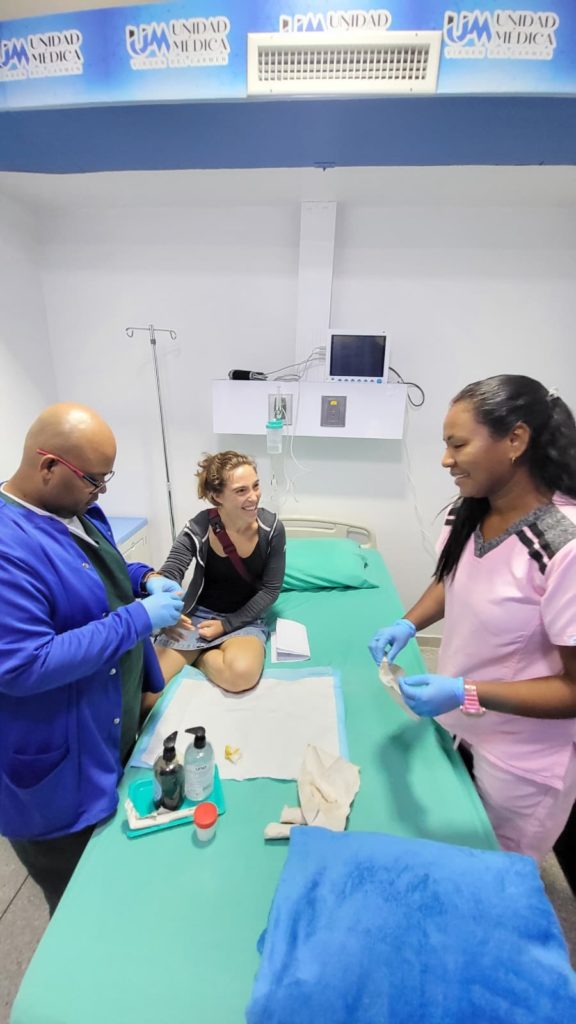
Pack a good basic equipment
It can also be helpful to pack consumables such as bandages, gauze and syringes. Not only for you, but also in case you encounter an accident and want to help.
Medications, on the other hand, are less of a problem. However, some things are difficult to obtain, such as charcoal tablets for diarrhoea. Most medicines are available at the chemist’s, even without a prescription. Only the prices are often higher. So, if you need medication, it’s best to take enough with you, as it may cost up to three times as much as it does at home. So far, we have been able to find everything we have needed, even in very remote areas.
Nevertheless, it’s a good idea to keep a basic supply in the car for emergencies.
Take out good travel insurance
Choose a policy that is straightforward and accommodating, as medical reports and invoices may be written by hand on a cheat sheet. It depends on where you are. Don’t be stingy, either: if something major happens, healthcare costs in South America are not exactly low unless you want to rely exclusively on the public healthcare system. But apparently it’s not even a given to have health insurance – of course, there are other ways to cover the costs. But it’s definitely something to think about – and it’s better to err on the side of caution, because healthcare as we know it is also very expensive in South America.
It is also important to have reliable contacts that you can call at any time. Check with your insurance if you can call them for a second opinion or if you don’t understand the language. It also helps to have a doctor, paramedic or vet among your close circle of friends that you can call for a quick heads-up. If not, you should make a few new acquaintances before you travel😉.

